
Stitch Incoming: Annie Stafford, Niche, and the Future of Fashion


For some, the ultimate meditation is the sound of a sewing machine running through cloth, punching the holes, working against the pattern as the thread connects a vision, making an idea a reality.
Creating durable, handmade clothes is almost an act of rebellion in a society that’s always moving on to the next thing, thanks to fast fashion and companies who churn out what’s hot right now and then leave it for the landfill. Cheap clothing often contains harmful chemicals which can cause skin irritation, allergies, and other potential health problems.
A movement is happening in corners across social media to relearn how to fix things rather than throw everything in the trash. For Annie Stafford, it’s teaching the internet how to create the perfect top for date night, all while cracking jokes about how messy her hair looks today.
Talking with Stafford was a ride — pun intended — part social media deep dive, part dog invasion, and a delightful tangent. (My dog Mia decided to make a guest appearance.)
Why DIY is Taking Over The Internet
TikTok's What's Next Report found that 63% of users prefer content that feels "tailored to them," even from smaller creators. Shoe cobblers are amassing large followings because people are waking up to the fact that a beloved pair of boots can be renewed rather than running to the store to drop $200 on a new pair that will never be as comfortable.
The same goes for how we perceive the clothes we wear. Can we find something durable to reach beyond the trending moment and keep it in our closets? The money is in the niche, sort of, well, if you’re in America: 70% of creators say brand deals are their primary source of income. One creator who understands the power of niche better than most is Annie Stafford, the force behind Ford Wardrobe.
It's easy to see why people flock to her content. She's engaging, passionate about clothing production, and deeply invested in getting people to rethink their relationship with fashion.
Posting from her Melbourne apartment, Stafford is on a one-woman mission to teach a million people how to sew, and with nearly 900,000 followers across Instagram and TikTok, she's closing in on her goal. From pushing back against fast fashion to encouraging people to create their own styles, she's built a following that isn't just watching her — they're learning from her.
There's plenty of data to back this up. YouTube pushes niche content more aggressively because it leads to higher watch times, which explains why hyper-focused creators like Ali Abdaal (productivity), Matt D'Avella (minimalism), and Dr. Mike (medical advice) thrive. Every year, the fashion industry produces 100 billion garments, enough to clothe every person on the planet 14 times over. Yet, 85% of these clothes end up in landfills, releasing toxic chemicals and contributing to global carbon emissions.
Annie Stafford is acting as a guide for us to do better — even with a paisley print.
Interest in sewing has skyrocketed recently, especially among younger audiences looking for alternatives to mass-produced fashion. According to a 2023 report by Craft Industry Alliance, over 40% of new sewers are under the age of 35, and the global sewing market is expected to grow at a compound annual growth rate (CAGR) of 5.8% through 2027, driven by the rise of DIY culture and sustainability movements.
Threading The Needle: The Love of Niche
Niche media is reshaping the online landscape, fragmenting what was once a shared cultural experience into countless micro-communities.
At VidCon last summer, I saw this fragmentation firsthand: one creator got mobbed by fans, while another — equally talented but catering to a smaller audience — walked by unnoticed. This is the reality Annie Stafford navigates every day, carving out a space for herself in a world where success is no longer measured by mass appeal but by the depth of connection with a dedicated few.
For creators, this shift offers both opportunity and challenge. On one hand, niche content allows them to build deeply engaged audiences. On the other hand, it raises questions about sustainability: How do you monetize a passion for sewing or rollerblading when brands are only interested in sponsoring the next viral trend?
Stafford embodies this shift from monoculture to niche.
While mainstream creators chase virality, Stafford has built a loyal following by focusing on a specific skill — sewing — that resonates deeply with her internet-wide sewing circle

The Slow Stitch Revolution
"I posted two Reels in 2023 — one got me 250,000 followers, and another got me half a million. But it wasn't just luck. I adapted my layout, my timing, and my trending music. It was constant tweaking." She doesn't approach content as just an idea — she treats it like a science.
The reality of being a creator whose life revolves around backstitching isn't exactly normal, and she faces the same growing pains as everyone else in the creator community. "One month, I'm killing it. The next month, engagement drops, and I've done nothing differently."
That fluctuation highlights the gap between audience size and income, something most people outside the creator world don't understand. Another challenge for Stafford is monetization, to pay her car note on the back of how to sew that perfect comfy hoodie.
Unlike in the U.S., where platforms like TikTok and Instagram offer creator fund programs, Australian creators get almost nothing. "In Australia, Instagram and TikTok don't have creator programs. I probably make $2 a month from Instagram ads." For someone with nearly a million engaged followers, that's a harsh reality. "People think that I must be making bank because I have three-quarters of a million followers. I wasn't." Imagine racking up a million views and getting paid less than the cost of a cup of coffee. That's Stafford's reality.
And one of the issues with being a niche creator is often overlooked: brand deals.
Being in a niche means brand deals aren't as straightforward as those for beauty or tech influencers. There aren't many companies throwing money at sewing creators; nobody's lining up to sponsor the 'hottest new thread drop.' That means Stafford has to get creative with outreach and partnerships, but she takes it in stride.
Her audience isn't passive; they treat her like a friend who teaches them new tips and tricks on how to live a more sustainable life. Her balance of creating content she loves while also figuring out how to monetize without losing her community's trust is a real-life masterclass in strategy. "I always duplicate my content so I can reshare it 30 or 60 days later. If it worked once, it'll work again."

Sewing a Business in the Creator Economy
Growing an audience is one thing; keeping them engaged is another. One of the reasons Stafford has seen success is that she doesn't try to curate too hard. Her posts aren't overly polished or sterile — they feel like you're hanging out with a friend. "I post memes, tutorials, sewing hacks, updates, because people come to my page for different reasons. You have to give them what they came for."
This sense of community is partially impactful because it transforms passive consumption into active participation, and her followers just aren’t watching; they’re becoming creators alongside her. That’s powerful because it offers an alternative to the isolation of fast fashion consumption.

Through her work, she’s not just teaching people how to make a stop-you-in-your-tracks dinner top; she’s fostering a culture of skill-sharing where growth isn’t just personal but communal.
She’s less a creator and more a guide, watching others thrive in a space she helped shape. There’s an undeniable emotional weight in seeing someone get it right, in knowing that the community she’s building isn’t just an audience but a support system, a validation that sewing matters.

Fast Fashion Just Doesn’t Last
Fast fashion is a lonely, mindless click, a celebrity’s red carpet look, a swipe, a package at your door. But making something by hand, together? That’s connection. That’s resistance. That’s a reminder that creativity is still human, even in a world ruled by the "For You" page.
The highs and lows of social media are relentless.
One minute, a video blows up; the next, engagement drops for no reason. And the bigger the audience, the bigger the pressure. "I was checking my follower count 345 times a day," Stafford admitted. Instead of spiraling, she took a different approach.

Stafford is also strategic about understanding her audience. "I know 46% of my followers are in the U.S., so I post on their time." At the same time, she's constantly balancing how much selling is too much. "I had to figure out the balance — too much selling and engagement drops. Too little, and I make no money."
Research from SignalFire's "Creator Economy Market Map" indicates that while the creator economy encompasses over 50 million people globally, less than 5% earn enough to make content creation their full-time profession, with the vast majority earning below industry median wages despite having substantial followings. Stafford is brutally honest about being an overachiever, always chasing the next milestone. She reflected on her journey as the Australian sun poured through her windows.
Behind her, paintings of fruit adorned the walls — a reminder that creativity isn’t tied to one thing.
Making Clothes, Making Change
"Sewing is a life skill that we've lost with mass consumption. People don't even know how to fix a button anymore." Fashion designer Mike Vensel agrees, "With all of the waste in the modern world, it's a shame that the fashion industry dictates that we consume and destroy products season after season to suit its sales objectives." Searches for “sustainable fashion” have increased by 517% from 2017-2023, and 62% of Gen Z consumers say they prefer to buy from brands that prioritize sustainability. Those numbers are saying something.
Stafford paused as if thinking about the bigger picture.

Stafford picked up an embroidery project she was working on and smiled. "Aside from sewing, I paint, do embroidery, garden, and roller skate. I like keeping my hands busy because otherwise, I just end up scrolling on my phone."
And her instincts are morally correct: Fast fashion encourages a "throwaway culture," with the average person buying 60% more clothing than they did 15 years ago but keeping items for half as long.
Stafford has created a brand that relies on making clothes that will last and can be worn for years instead of on a fun night out and forgotten moments later, only to wind up in the landfill. Lucy Siegle, environmental journalist and author of To Die For: Is Fashion Wearing Out the World?, agrees, "Fast fashion isn't free. Someone, somewhere, is paying."
Staying rooted within the moment is important to Stafford because she understands the online culture's hustle, that success is always fallible, and that what she's built is a potential crash. "A year ago, if I knew I'd be where I am now, I would've thought I made it. But now that I'm here? It still doesn't feel like enough."
Dale Dougherty, founder of Make magazine and creator of Maker Faire, observed, "Many makers today want connection — to each other and to sources of inspiration, education, and expertise. They need access to networks of other makers and mentors."
More Than a Hobby: How Sewing Builds Community
And for Annie Stafford, she’s right there, living not only in the niche as a creator but serving her broader audience. It's easy to fall into the trappings of success, about trying to be authentic but effective. "At first, I was just posting what I loved. When Reels came along, I could start showcasing my humor. If I think it's funny, I'm posting it." Within the confines of that mindset comes the stress of achievement.
Stafford admitted the drive to reach specific goalposts was internalized through action. "I hit half a million and thought, 'Now I need 750,000.' Then 800K. Then 850K. When does it stop?" This sums up the trap of chasing numbers, an honest look at success that most creators don't discuss.

Monetization isn't just about audience size; it's about real strategy, smart partnerships, and knowing your worth. "People say 'post three times a day,' but I don't believe in that. Do what works for you. If that's twice a week, do that. The key is consistency and ensuring your content aligns with your goals."
The online sewing market is booming, and Stafford is experiencing that firsthand — but sometimes, the wave is… small? "A sewing machine company wanted to 'sponsor' me exclusively for a year. Their offer? Two sewing machines. Like… I already have sewing machines. What am I supposed to do, pay my rent with that?"
Luckily, she got a manager to help. "I have a manager getting sponsorships for me and a digital marketing agency helping me monetize my products through Meta ads. I could do it myself, but after a year and a half of trying, I realized I needed help."
More Nigella, Less Martha
But one thing that Stafford insists on is that she's no Martha Stewart. "Nigella Lawson is on my vision board. She's consistent, she's herself, and she makes chocolate cake for dinner. Icon." And the way she’s going, she may just meet the lauded Nigella.
Stafford’s success is part of a larger cultural shift from consumerism to sustainability.
Creators like Stafford are redefining what it means to be fashionable. It’s no longer about keeping up with trends; it’s about creating something that lasts in your closet and your life. Look at Annie Stafford: she paints still lifes of oranges, stitches work pants to perfection, and makes an old pair of Converse look effortlessly cool.
The perfect T-shirt, the one you've imagined in your head — doesn’t need to be hunted down in an endless scroll of online shopping. With a little skill, you can make it yourself. And that’s Stafford’s gift: turning craft into confidence, creativity into autonomy.
It’s not just fashion. It’s a quiet rebellion, one blind hem stitch at a time.
Read on:


All
She Sold her Bathwater, but You Drank it
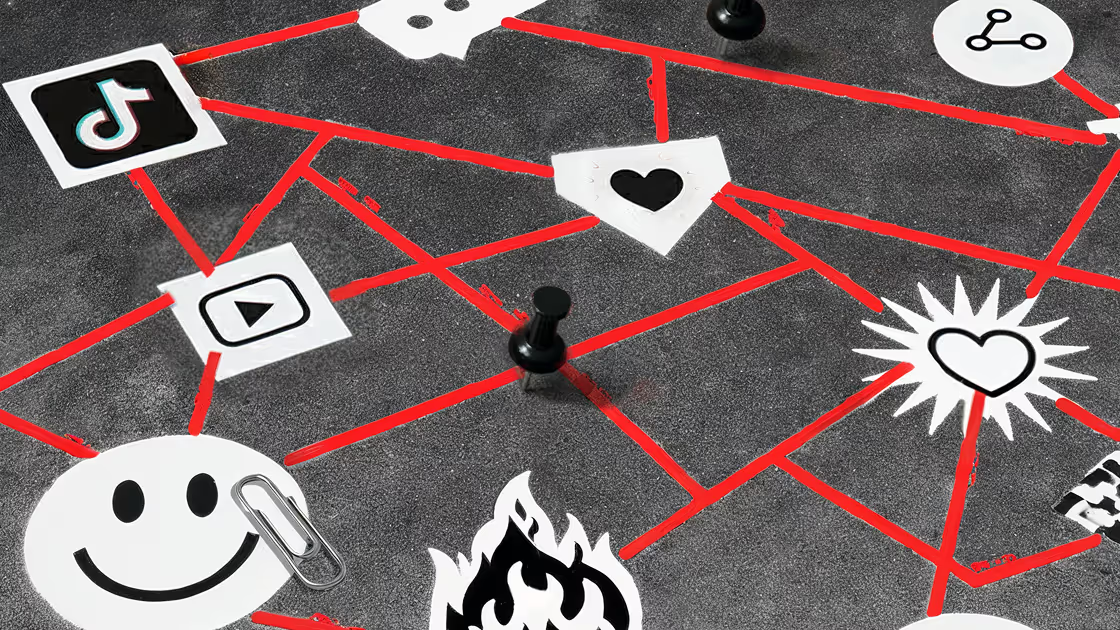

All
CRIMINAL INVESTIGATION REPORT: THE GLEEFUL DEATH OF TRADITIONAL MARKETING


All
Hot Takes, Typos, and Total Chaos: The Secret Tactics Driving Online Engagement
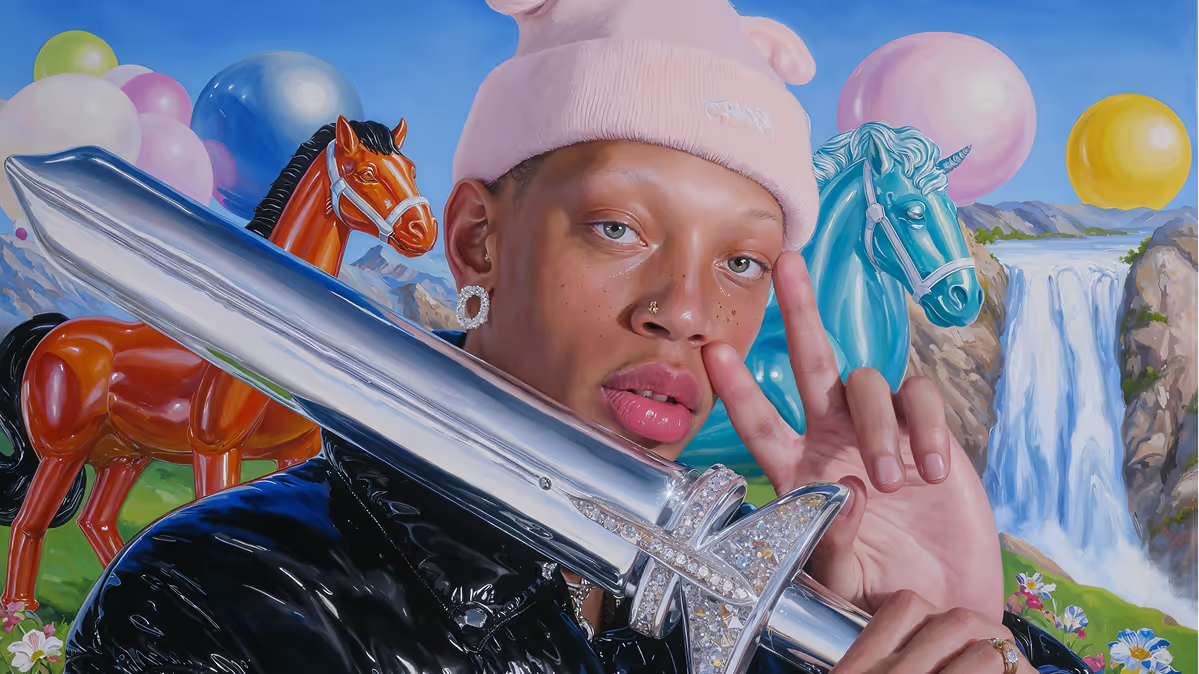

All
THE DEATH MARCH OF HYPERCOLOR BALLOON SWORDS
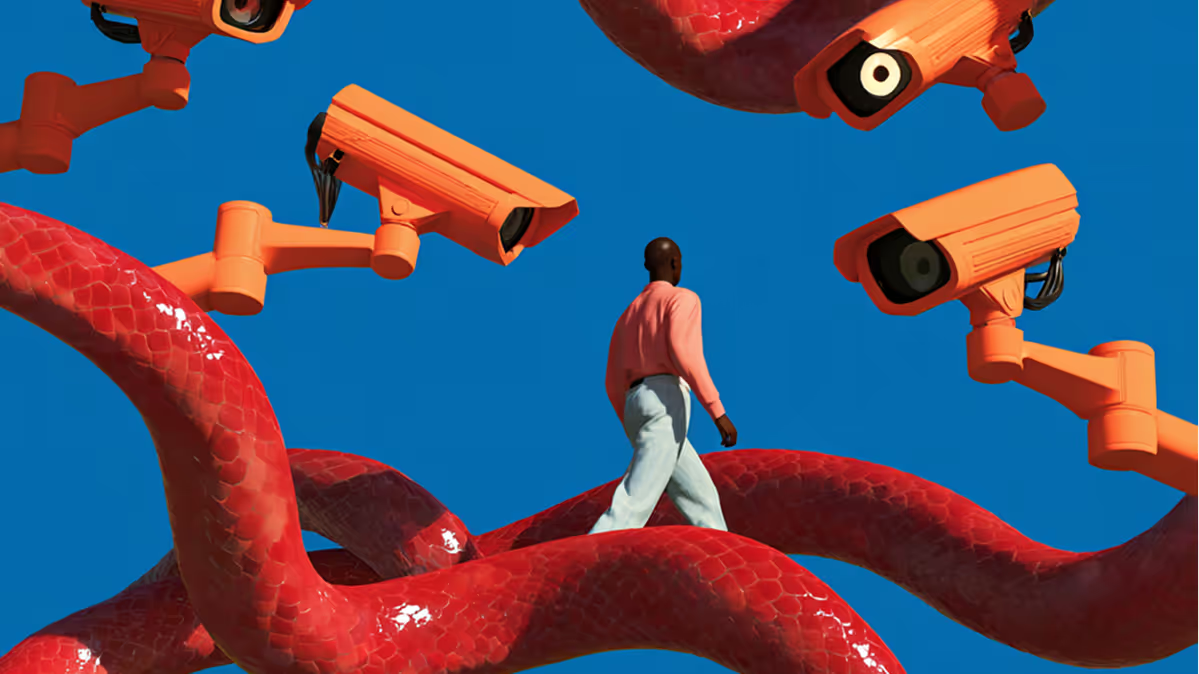

All
“They’re Watching Me”: Gang Stalking, Internet Delusions, & the Modern Mindf*ck
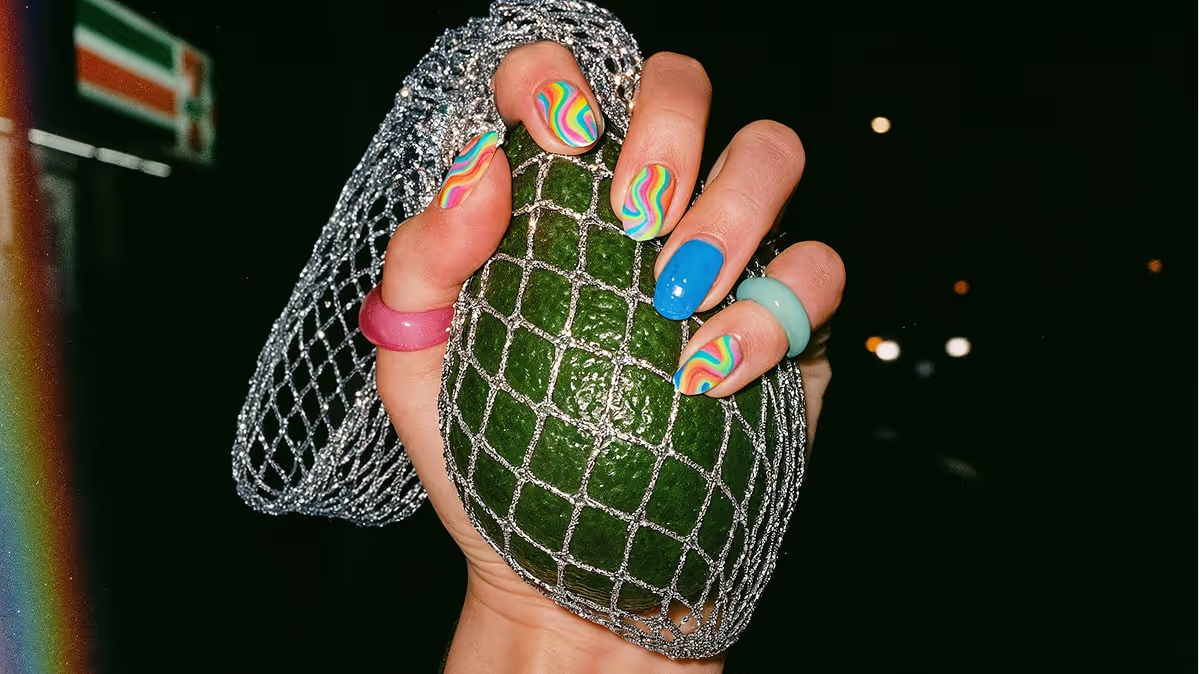

All
The Unripest Avocado: Nicholas Perry and the Dangers of Audience Capture


All
Branded Since Birth


All
How to not be a shitty affiliate seller, a talk with So_Narly


All
Parasocial Profit: The Unethical Underbelly of Affiliate Marketing


All
Stitch Incoming: Annie Stafford, Niche, and the Future of Fashion


All
Step right up!


All
Cooking Up a Social Media Empire


All
Right & Wrong Reasons to Expand


All
Have Influencers Peaked?


All
What’s Your Creator Fortune?


All
Mercy Kill Your Online Persona


All
Still Posting Post-Death


All
Cardboard Pizza: The Deadly Art of Losing Your Social Media Credibility


All
From Mr. Beast to Mr. Least?


All
Robots & Red Lace


All
Parental Discretion (Still) Advised


All
It’s 2024 and — Wait, Email Doesn’t Suck?


All
What’s a like on Instagram ‘worth’ in 2024?


All
A crash course in "crash course"


All
Speed sells: Why it’s important to respond lickety-split
© 2025 Manychat, Inc.





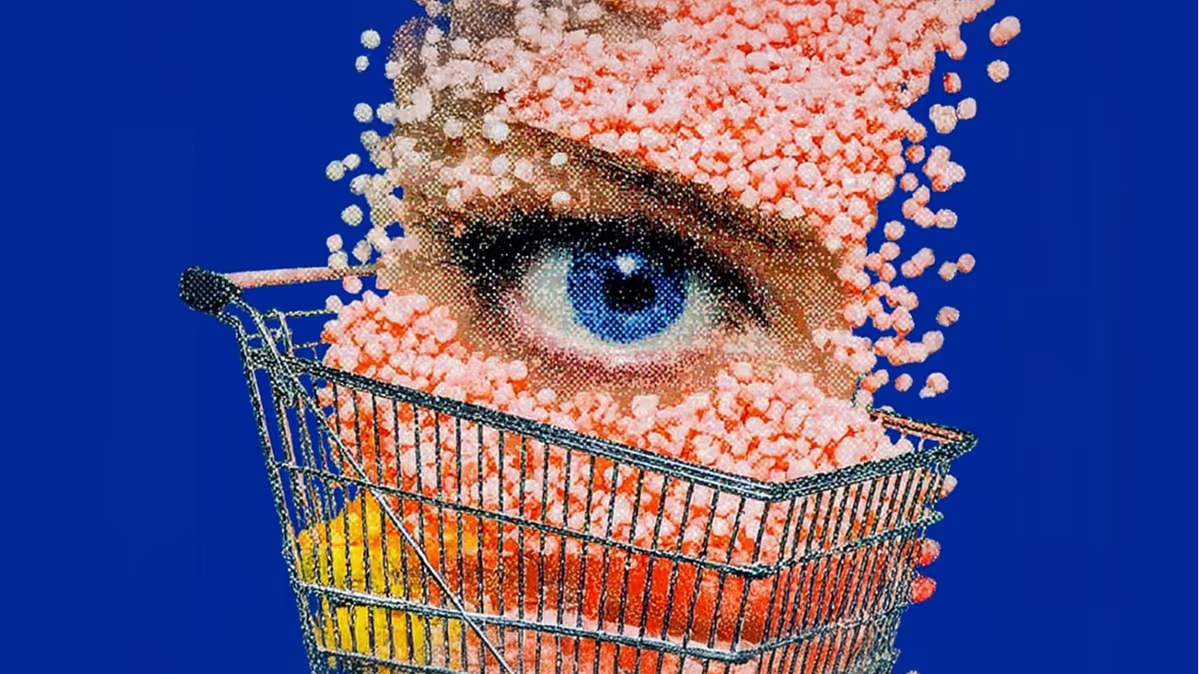
.avif)

















